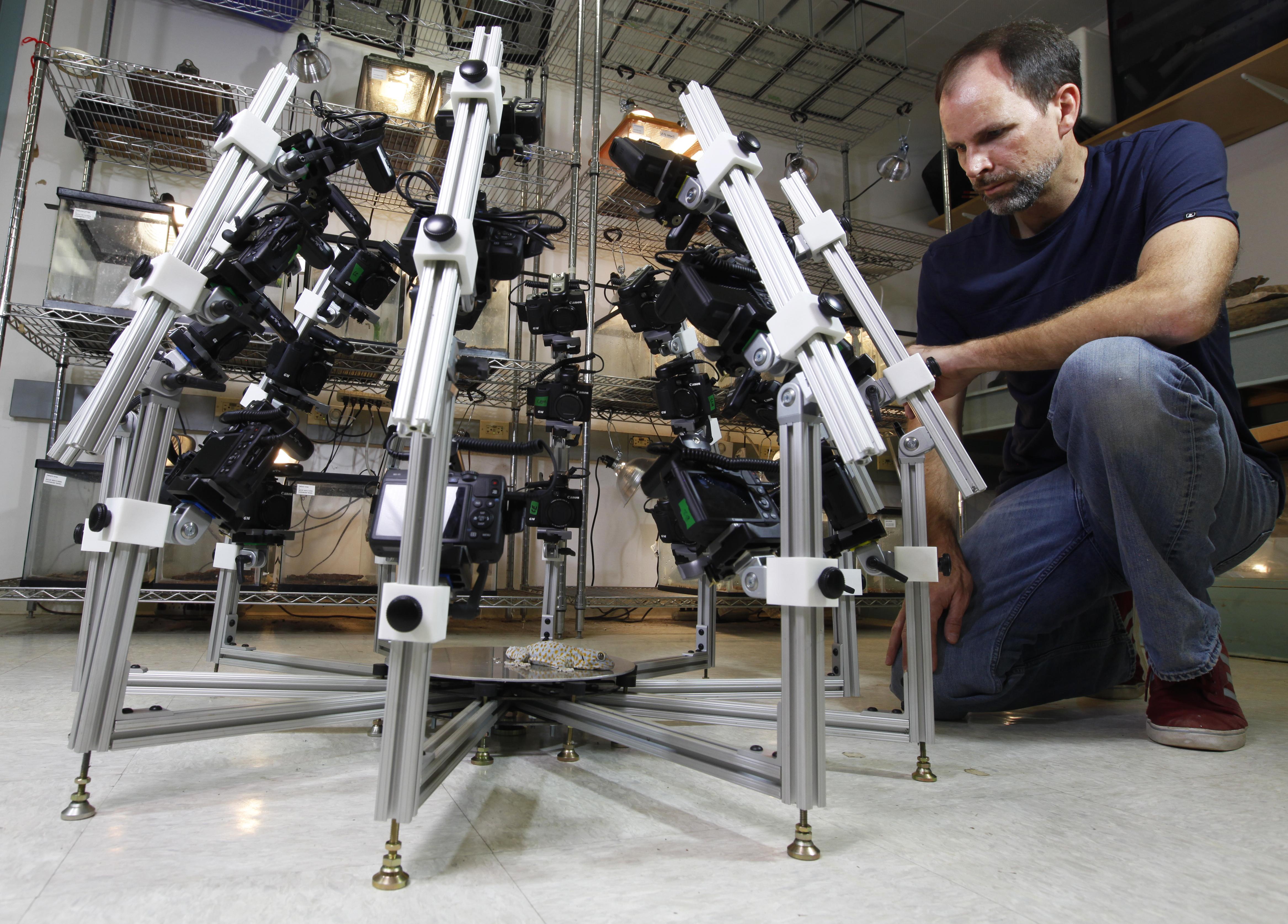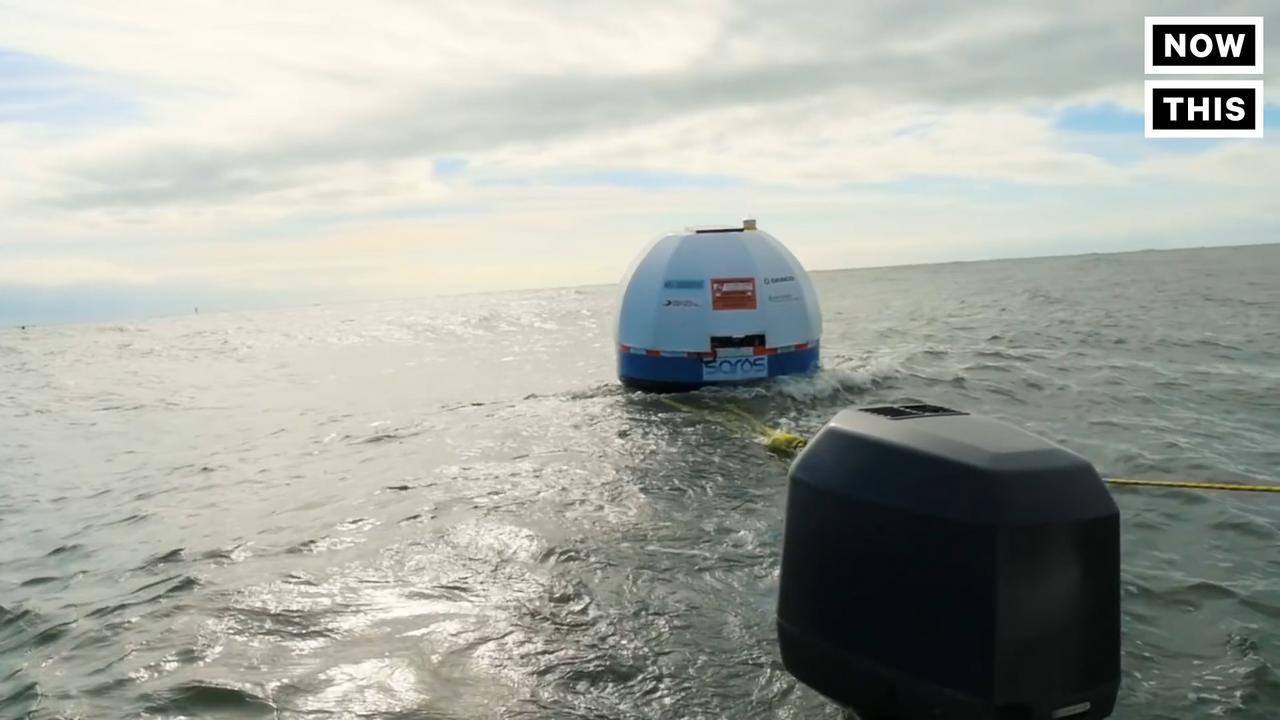Paramount provided this tease to let me announce on November 13, I’ll be in Japan for an exclusive trailer launch party for GHOST IN THE SHELL with director Rupert Sanders and stars Scarlett Johansson and Takeshi Kitano.


Paramount provided this tease to let me announce on November 13, I’ll be in Japan for an exclusive trailer launch party for GHOST IN THE SHELL with director Rupert Sanders and stars Scarlett Johansson and Takeshi Kitano.

According to the tender documentation, Roscosmos is ready to allocate more than 264 million rubles (about $4 million) for this work.
The winner of the tender is expected to be announced on October 28.
As of now, only the Keldysh Research Center has submitted its bid for this work.

Is the definitive gathering for those who understand the critical importance of exponential technologies, the impact they’ll have on the future of humanity, and the disruption these technologies will cause across all industries.

AMHERST, Mass. – Scientists at the University of Massachusetts Amherst led by biologist Duncan Irschick who created the Beastcam Array, a rapid-capture, field portable tabletop system for making high-resolution, full-color 3D models of living organisms, now plan to use it in an ambitious effort to create 3D models of all living organisms.
The Beastcam Array consists of 10 fixed arms, each of which can mount three G-16 Canon cameras for a 30-camera array. Small animals placed in the array’s center can be quickly and conveniently modeled in 3D by the cameras aided by software. Using this technology, Irschick and colleagues have created a new multimedia platform they call “Digital Life,” and have already created 3D models of sharks, scorpions, toads and lizards.
In coming months, they hope to use the BeastcamArray, funded in part by the National Science Foundation and developed at UMass Amherst’s Center for Evolutionary Materials, to create 3D models of two groups facing significant survival threats: frogs and sea turtles.

The SENS Research Foundation launched the new Alliance Program in January and important step towards the kind of future we would all like to see.
SRF Director of Alliances David Brindley returned to the stage to introduce our new Alliance Program, launched in January 2016 with an initial $500,000 grant from SRF and building on David’s experience managing the successful CASMI Translational Stem Cell Consortium. Although SENS research to date has produced very promising pre-clinical results, the novelty and disruptiveness of the platform means that many of the therapies we propose currently lack a clear path to the market. The Alliance Program is designed to streamline that process in partnership with existing public and private entities worldwide, particularly by funding PhD and post-doctoral fellowships addressing specific translational needs.




From time to time, the Singularity Hub editorial team unearths a gem from the archives and wants to share it all over again. It’s usually a piece that was popular back then and we think is still relevant now. This is one of those articles. It was originally published January 25, 2015. We hope you enjoy it!

The website The Intercept has obtained what they say is a leaked Pentagon video that glumly describes a hellish future of massive, chaotic megacities, and pretty much admits the U.S. Army is not remotely ready to deal with this particular manner of shit.